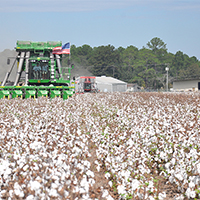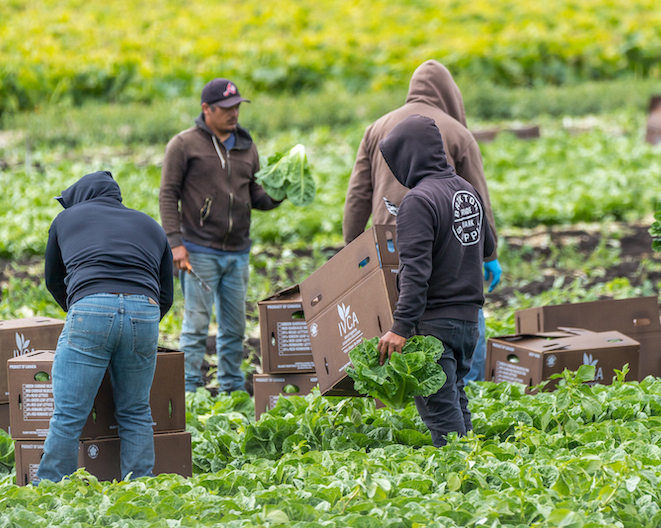Thanks to dwindling commodity prices during 2015, Georgia farmers’ produce and livestock were worth about $151 million less in 2015 than they were the previous year.
However, even with the dip in production value, agriculture remained the most valuable industry in the state.
The University of Georgia’s 2015 Georgia Farm Gate Value Report, which was released this week, provides each county’s agricultural acreage and the value of farmers’ agricultural production. The UGA College of Agricultural and Environmental Sciences Center for Agribusiness and Economic Development compiles the previous year’s complete sales and production numbers, which provides the most in-depth glimpse of Georgia agriculture available.
“We collect data for more than 80 commodities, and we collect data at the county level,” said Karen Stubbs, an analyst for the center and the report’s editor. “Reporting at the county level is important because it helps us get a handle on both the big and small picture of what’s happening in Georgia agriculture.”
While the U.S. Department of Agriculture keeps an encyclopedia of statistics on agriculture throughout the nation, no other report drills down to capture information on less pervasive or new commodities, like sheep and barley.
The report is a testament to just how diverse the agricultural sector is, Stubbs said.
While broilers are perennially the largest portion of the state’s overall farm gate value, they only make up about 32 percent of the total. The rest of the listed commodities take up between 1 and 7 percent of the $13.84 billion total.
Having all of the production numbers at the state and local levels is important because it allows officials to access the economic impact of agriculture in each county and across Georgia.
Results
“Last year, row crops and livestock really saw a decrease, but poultry and eggs, which are always the largest portion of the state’s farm gate value, stayed the same,” Stubbs said.
The value of the state’s broiler crop dipped very, very slightly, by about 0.025 percent, while the value of the state’s egg crop increased by about 14 percent.
Vegetables and ornamental horticulture crops also increased in value during 2015, by 7 percent and 29.7 percent, respectively.
The value of other Georgia commodities fell in response to low commodity prices nationally, meaning farmers planted fewer acres of low-priced crops and got paid a lower price for the crops they did plant. Cotton, Georgia’s most abundant row crop, fell in value by 26 percent. Despite increases in the value of the state’s peanut and soybean crops, the decrease in cotton helped fuel a nearly 9 percent drop in the value of the state’s row crops.
The value of beef and the state’s livestock fell by about 14 percent; agritourism receipts were down nearly 30 percent; and the value of Georgia’s fruit and nut crops fell by 8.5 percent.
To view the entire report visit caed.uga.edu.
The top commodities in Georgia in 2015 were:
- Broilers, with $4.4 billion in production
- Eggs, with $937 million in production
- Beef, with $923 million in production
- Cotton, with $713 million in production
- Peanuts, with about $685 million in production
- Timber, with $681 million in production
- Greenhouse/Ornamental Horticulture, with $428 million in production
- Dairy, with about $408 million in production
- Pecans, with $361 million in production
- Horses, with $280 million in production







.png)